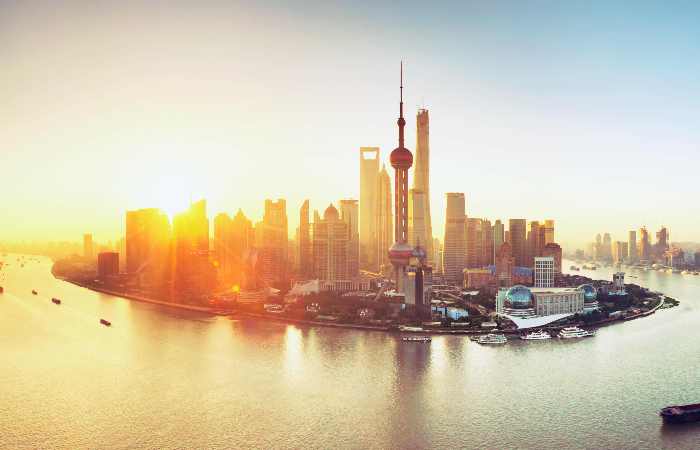Luxury Business
Table of Contents
Introduction
Though 2021 was a challenging year for the luxury business in many aspects (including both goods and experiences), it was an improvement over 2020, with global sales hitting around USD 1.29 trillion. That alone is cause for celebration.
Luxury is one of the record-resilient sectors. It’s also one of the quickest to recover from a disaster. And it did it once again. The global luxury business recovered faster than predicted, with fundamentals appearing more potent than ever.
Most forecasts indicate that the global luxury market will revert to its historical growth trajectory. Except for ours, highlighting luxury’s intrinsic potential to rebound quickly in our 2021 estimates last year. Our business publications have become a prominent source of insights [insert pleased, proud emoji].
Three Major Trends Will Shape The Future Of Luxury.
This year, we’re starting our 2022 luxury trends research by examining three underlying issues. That are significantly changing global dynamics and the business playbook for luxury businesses. They remain referred to as macro changes and intersect each of the seven trends projected for 2022.
Online Sales Will Soon Outnumber All Other Luxury Sales Channels.
Global lockdowns in 2020 and 2021 provided the ideal opportunity for online luxury sales channels to demonstrate their worth. Early digital adopters saw exponential growth, whilst latecomers remained compelled to adjust quickly and (eventually) embrace digital. Online sales for personal luxury products nearly doubled, rising from 12% in 2019 to 22% in 2021, totalling $70.1 billion.
Online luxury sales will surpass most other channels in all industries in 2022. Even the luxury automobile segment will witness an increase in internet sales. It is no longer a substance of if but of when online sales will outperform. All other luxury sales channels in revenue generation for the sector.
According to global consulting firm Bain & Company, by 2025, online sales will be the single largest channel for personal luxury goods. Accounts for 30% of the worldwide market, followed by mono-brand physical retail stores (28%), outlet stores (14%). Speciality stores (11%), department stores (11%), and travel retail (6 per cent).
Websites and mobile applications are the leading sales channels for most firms. Significant effort has remained made to improve the online user experience. And develop confidence by guaranteeing clients that refunds and exchanges may remain handled smoothly.
Luxury companies’ direct online sales now represent 40% of the internet segment. Up from 30% in 2019, thanks to advancements in eCommerce, exclusive collections. And increased marketing expenditure given to the category.
Millennials And Generation Z Are Driving Rapid Expansion In The Luxury Market.
Millennials (Gen Y) and Gen Z clients will undoubtedly maintain. Their position as crucial growth levers for the luxury market in 2022. And this generational transition will only worsen in the coming years.
These younger generations of wealthy customers remain expected to account for 70% of the luxury market by 2025 and contribute 13% of luxury market growth. Nonetheless, many luxury businesses continue to underserve them.
Collaborations like Gucci x Balenciaga, Fendi x Versace. And Tiffany x Supreme demonstrate heritage luxury companies’ recognition of the relevance of these younger generations. And confirmation that brand collaborations haven’t reached saturation. With their value-driven aspirations and digital-infused lifestyles. These next-generation wealthy customers are already rewriting the luxury rulebook as the most extensive section of luxury shoppers.
What Will China Do With $725 Billion?
Between 2022 and 2023, affluent Chinese customers will drive most of the global luxury purchases, although this may change. Parallel to this, US domestic sales exceed Chinese domestic sales. Rising from 22% in 2019 to 31% of global sales in 2021.
According to Bain, Chinese buyers will outnumber their previous share of global luxury. Goods sales by 2025, reaching 40 to 45 per cent. Also, According to our forecasts, Chinese consumers will generate $725 billion in sales from a total market of $1.69 trillion.
According to the consultancy firm, the expanding middle-class desire to acquire luxury products will be sufficient to drive that rise. However, we believe the market is experiencing significant challenges. Specially on that China’s political attention on “Common Prosperity” aims.
Also read: Best Laptops For Gaming And Schoolwork

